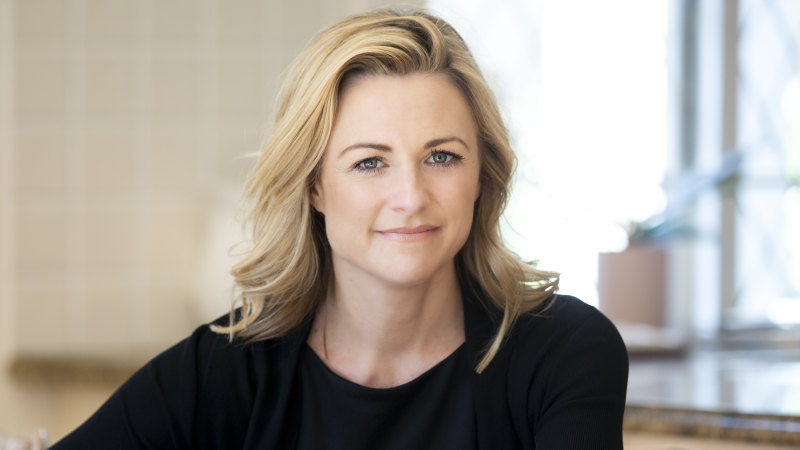The Morrison government has significantly expanded the low deposit scheme in the federal budget – a program under which first-home buyers and others can buy new or existing dwellings with a deposit of only 5 per cent (or 2.5 per cent for single parents).
But if the forecasts of falling house prices turn out to be correct, first-home buyers who put down a small deposit could soon find themselves in “negative equity”, where the mortgage is larger than the market value of their dwelling.
Sally Tindall of RateCity says property prices are forecast to fall significantly, and first-home buyers using the government’s low deposit scheme risk “negative equity”.
Under the flagship First Home Guarantee, 35,000 places will be made available during the 12 months starting on June 30. More places will also be made available under variants of the original scheme, such as the scheme for single parents, and there will be a new scheme aimed at those buying in the regions.
Labor, if it wins government at the federal election in May, has promised to make more places available as well.
However, financial comparison website RateCity is warning first-home buyers to consider the risks before they jump in, as house prices in Sydney and Melbourne are predicted to fall over the next two years, potentially leaving first timers who put down small deposits in negative equity.
‘Property prices are forecast to fall significantly in both Sydney and Melbourne over the next two years, so anyone buying with a 5 per cent deposit now could find themselves owing the bank more than their property is worth by the end of 2024.’
Analysis by RateCity shows that if a first-home buyer were to purchase a place in Sydney using the scheme at the end of this year, when prices are expected to have peaked, they could find their equity, which started at 5 per cent, drop to minus 6 per cent by the end of 2024.
This means that at the end of 2024, the mortgage would be 6 per cent bigger than the value of the dwelling.
The same person could see their monthly repayments rise by an estimated $539 by that time, due to the expected rise in interest rates.
For someone buying in Melbourne using a low deposit scheme at the end of this year, their equity could drop to minus 7 per cent by the end of 2024.
The calculations are based on Westpac’s cash rate and property price forecasts through to the end of 2024.
“Encouraging people to buy at inflated prices with next-to-no buffer in the face of rising interest rates comes with some pretty serious risks,” says Sally Tindall, research director at RateCity.
“To date, the scheme has helped thousands of Australians get a foot on the property ladder, and in many cases, capitalise on rising property prices. However, the outlook for the next couple of years is very different.
“Property prices are forecast to fall significantly in both Sydney and Melbourne over the next two years, so anyone buying with a 5 per cent deposit now could find themselves owing the bank more than their property is worth by the end of 2024.”
The Business Briefing newsletter delivers major stories, exclusive coverage and expert opinion. Sign up to get it every weekday morning.
Most Viewed in Money
From our partners
Source: Read Full Article

